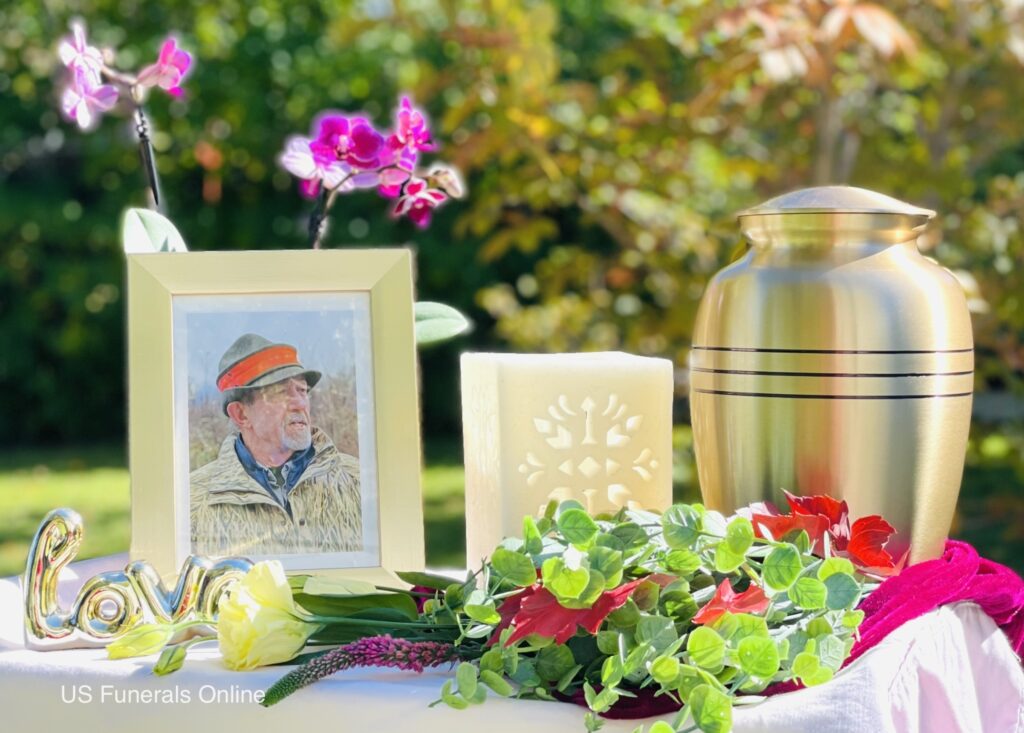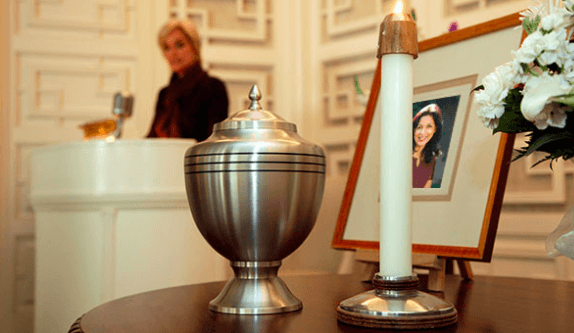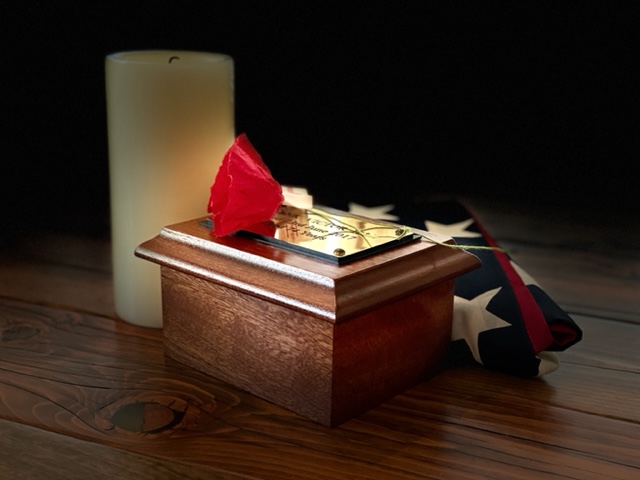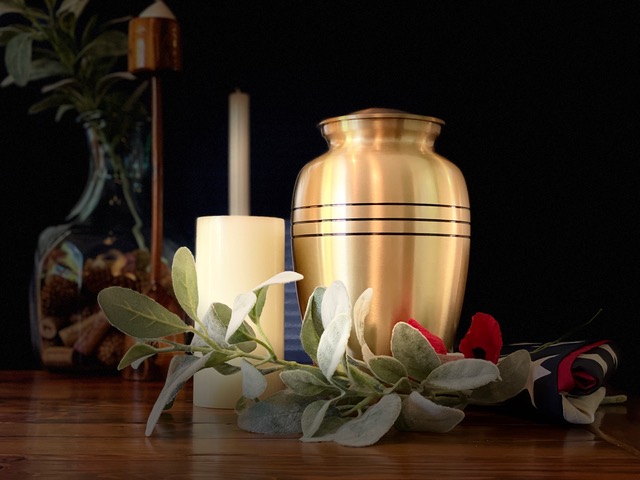Cremation offers versatility in memorialization. If a family member has been cremated and you are planning a cremation memorial service, this guide can help you discover everything you need to know about creatively memorializing a loved one.
Also, check out our Guide to Memorialization and Cremation Tribute Ideas.

If a family member preplanned a cremation, he or she may have planned some ideas about what kind of memorial service they wanted. However, surviving family members often leave it to decide on and plan a memorial service. It can seem daunting to be responsible for arranging a memorial service, but the information below should help you honor a lost loved one and create a befitting tribute.
When should you hold a cremation memorial service?
The flexibility of holding a memorial service, as the deceased’s body is not present, means it can be held at any time after the death. A cremation memorial can be held immediately after the cremation, or a period of time can elapse. Sometimes, families find it easier to plan for and have time to grieve before holding a memorial service.
Being able to take time and coordinate gathering those you wish to invite can lead to a more meaningful service.
Where can you hold a cremation memorial service?
A memorial service can be held wherever you feel significant to the deceased. It can be at a place of worship or a graveside service. Alternatively, you can be imaginative and host a service somewhere more unconventional. Some families conduct a memorial service as part of an ash-scattering and, therefore, opt to have the memorial service outdoors.
What elements make up a memorial service?

I would dare say there is no set format for a memorial service. However, it is considered customary to deliver a eulogy, pay tribute to the deceased’s life, and conduct some form of final disposition of the remains.
Many other elements can form part of a memorial service, including photo boards, slideshows, video, and music. These days, families are also choosing to hold memorial services that are Life Celebration events, which can involve dove, lantern, or butterfly releases as a final tribute and metaphorical symbol. Guests can all be asked to wear something or a color that is special to the deceased.
Tips on how to prepare a tribute for a memorial
Planning is the cornerstone of any successful event, and a memorial service is no different. Sometimes, this is why a family prefers to employ a funeral director or life celebrant to help plan and host a memorial service, as these professionals have skills and experience. However, some families choose to prepare and hold a service themselves. This just requires some preparation.

The cremation urn:
- Will the urn be present at the memorial service? And if so, do you need to set up an urn arrangement or altar?
- If scattering is to be conducted during the memorial service, consider the techniques for safely scattering cremated remains.
Eulogy:
- Decide who will deliver the eulogy or final words at the service.
- Ensure that he or she has had time to prepare and that the context of their eulogy meets the audience and the tone of the memorial service.
- Check out our post on How to Give a Eulogy.
Location:
- Think about a suitable location.
- Is it somewhere sentimental to the deceased?
- Is it easily accessible for all guests?
Tributes:
- Do you want to have flowers or other memorial tributes? Or donations to a cause close to the deceased’s heart?
- Will a presentation be made using slideshows or video? Do you want music playing? And is there a suitable PowerPoint?
- If you want to have a memory book for everyone to sign, is there somewhere suitable to locate it?
A cremation memorial service can be as short or as long as you wish for it to be and as appropriate.
Memorializing after cremation does present so many more options than holding a traditional funeral service. We are becoming more embracing of the unconventional and contemporary in our funeral rituals, so being creative and personalizing a memorial service, can make it so much more meaningful for all those who attend to say their final goodbyes.
Check out our post on Memorializing after a Direct Cremation for further reading.



